Rome began with a wall. According to legend, on the 21 April 753 BCE Remus stepped over the wall of the Roma Quadrata (literally “the Square Rome”) that his twin Romulus had built on the corner of the Palatine Hill above the Tiber. This breach of his fortification so angered Romulus that according to the most common version of the story he killed his brother, and his settlement was named Roma in his honour.
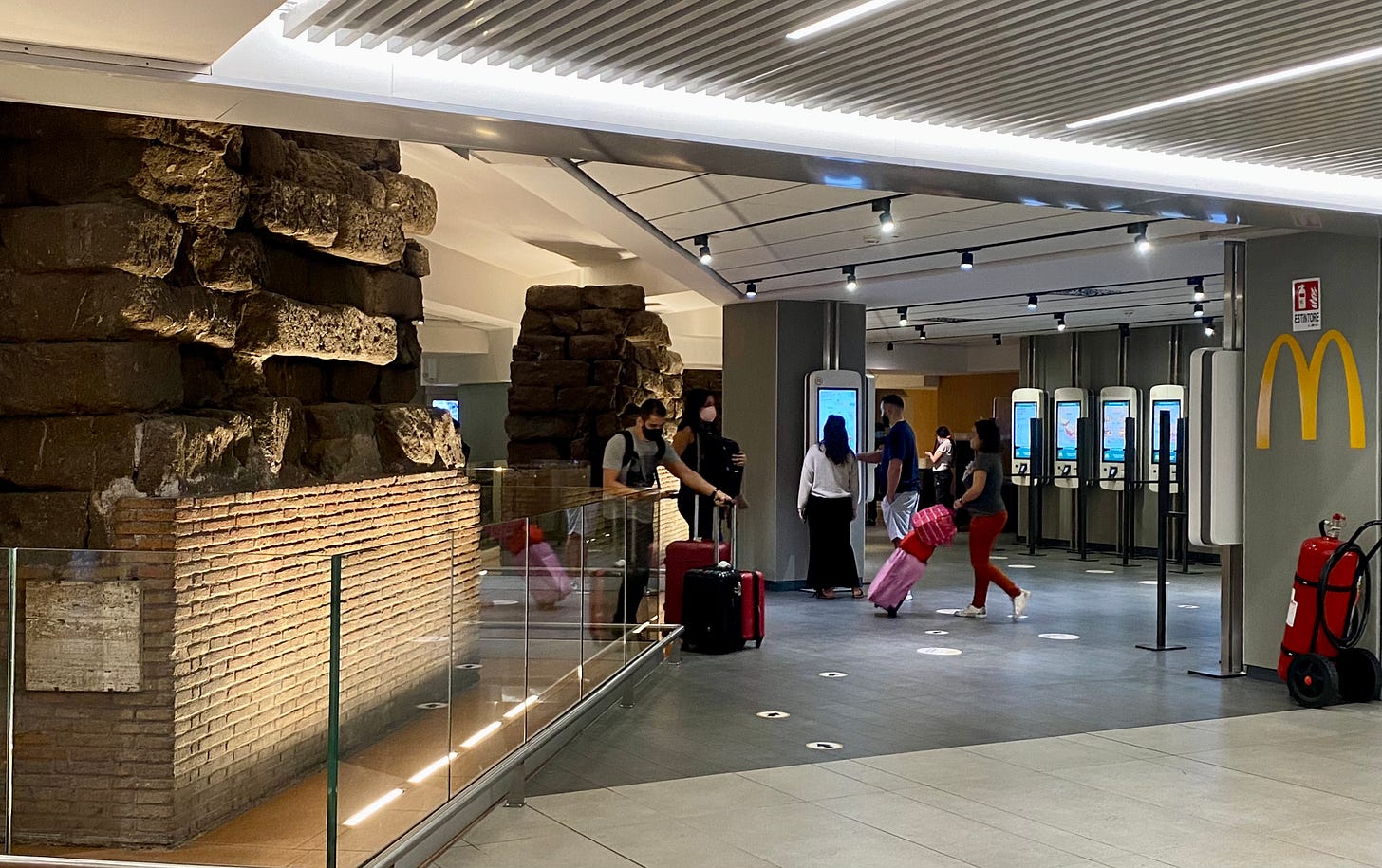
The settlement within that initial wall would grow, and according to tradition new walls were begun during the reign of Rome’s fifth king, Tarquinius Priscus. They were, we are told strengthened by his successor Servius Tullius.
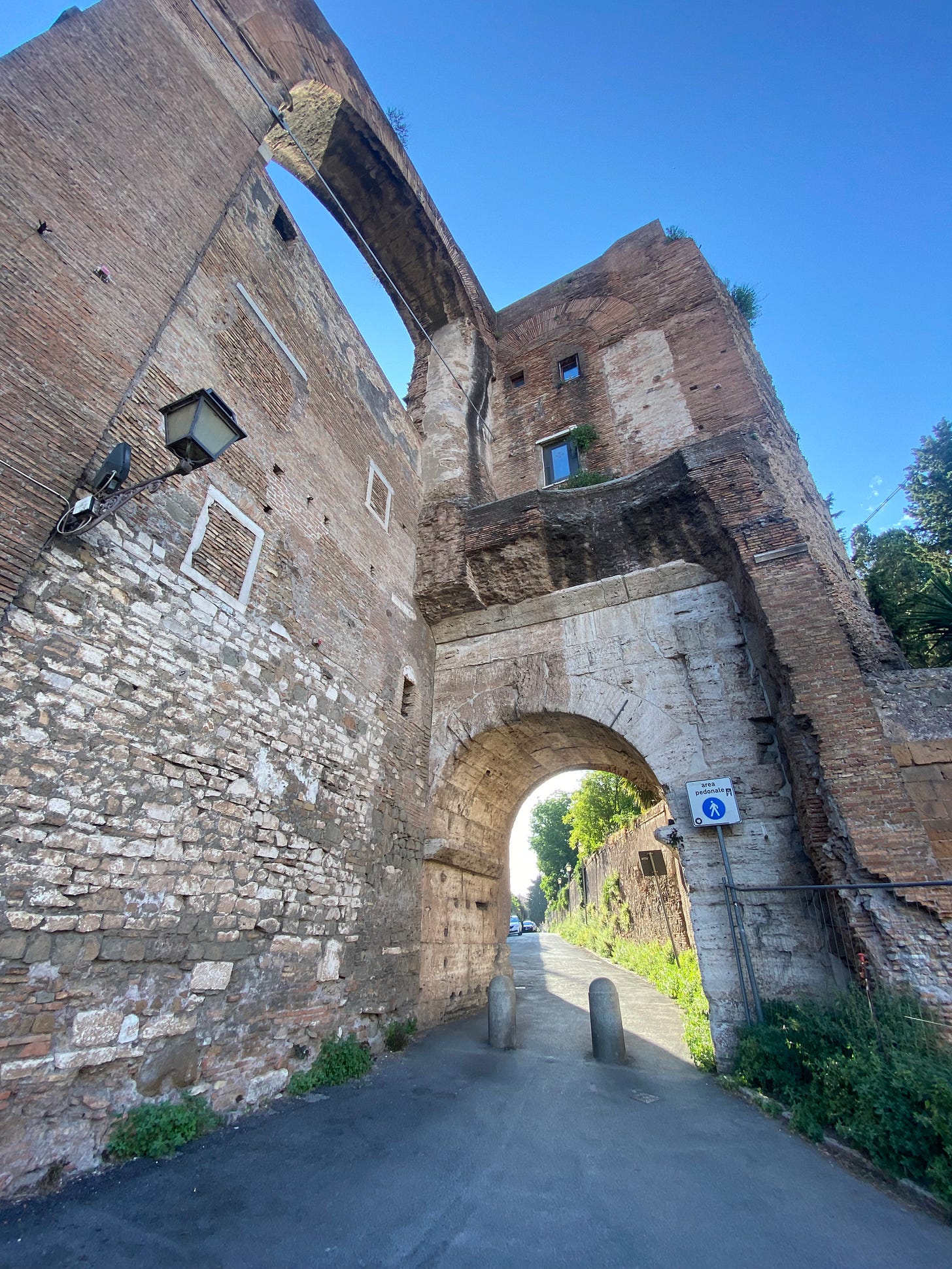
This, then, was a fortification of the sixth century BCE. However that which we today call the Servian Wall, and of which tantalising traces survive here and there, are rather later.
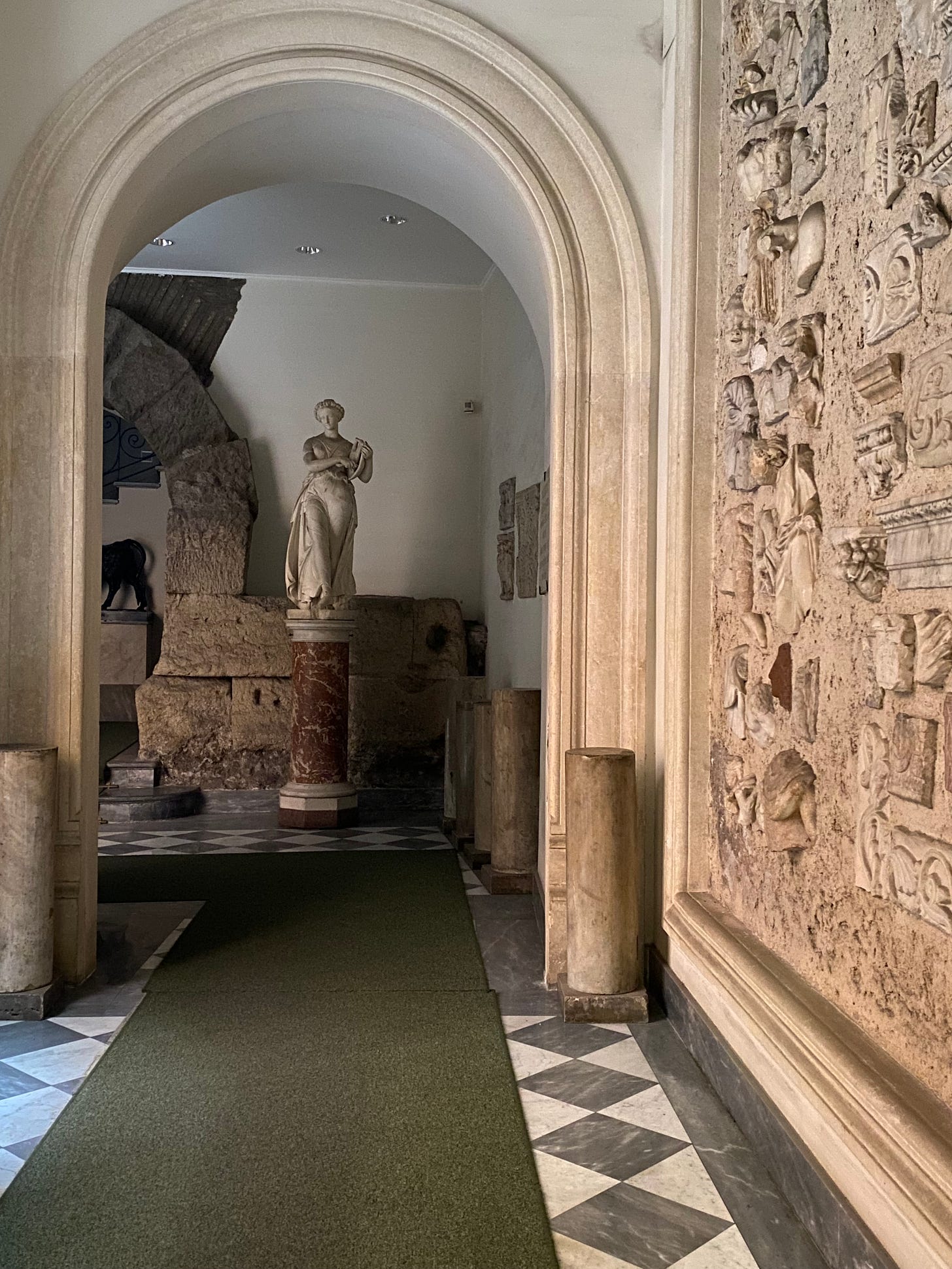
Those sections of wall we see, for example, by Termini railway station, and popping up in improbable roundabouts and lobbies of palazzi postdate the kingdom. The construction of the wall was a response to invasion; their gradual abandonment testament to a new and (for a time) unassailable strength.

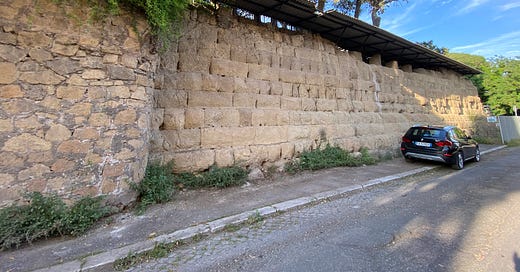




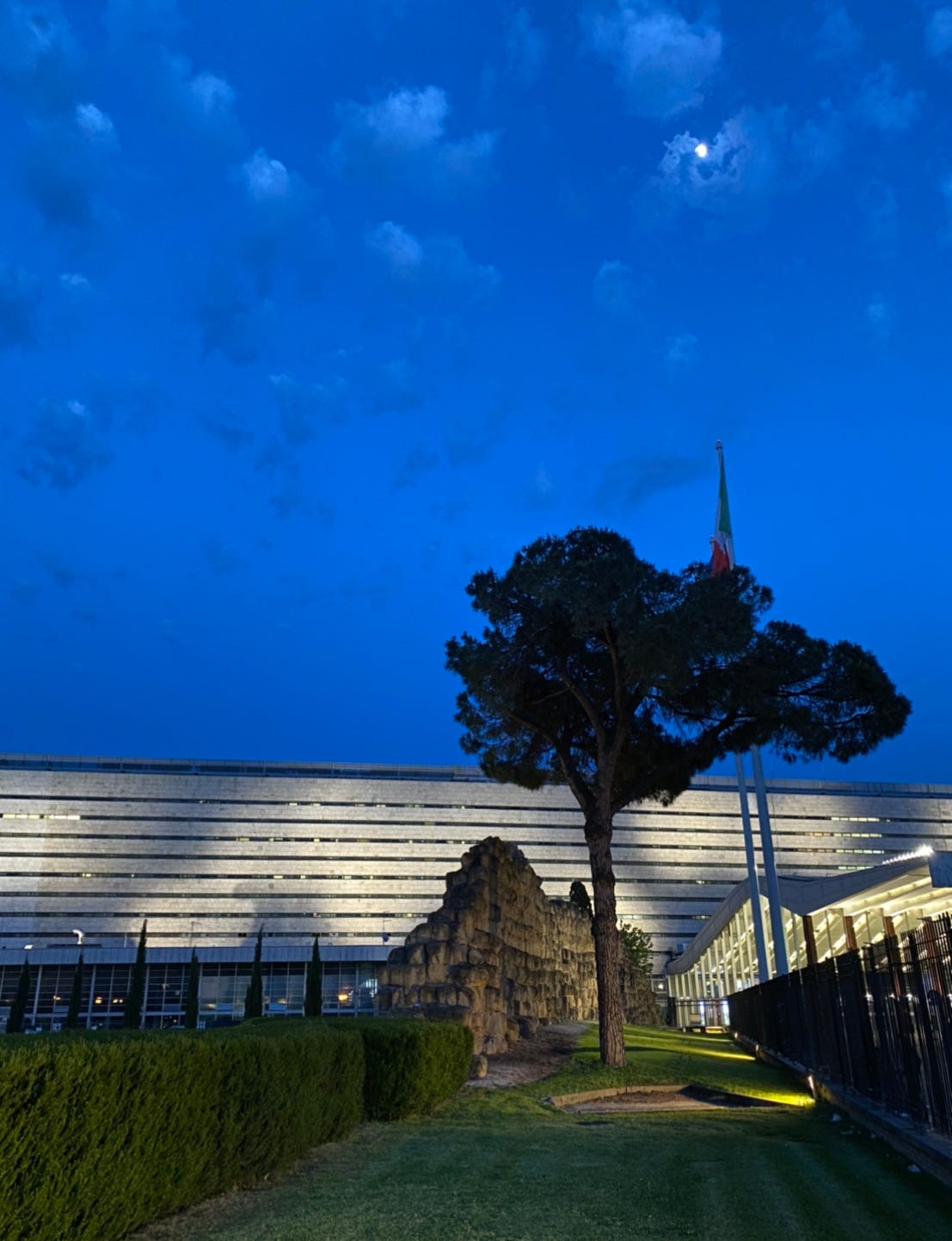


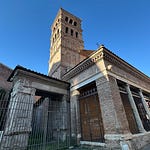
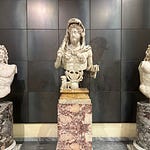
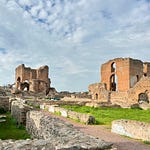
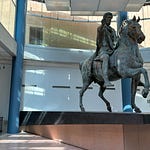

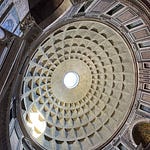
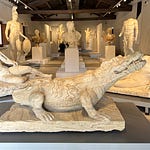
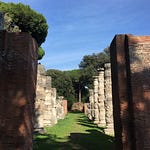
Share this post